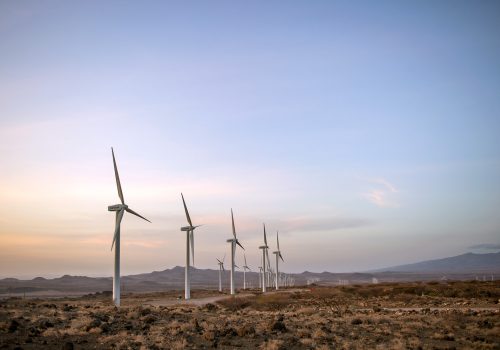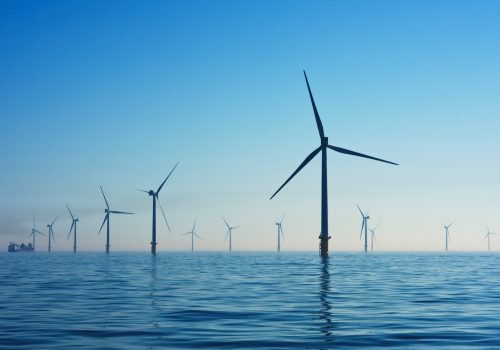The challenge
The financial sector has very low direct emissions but has a large effect through investments and lending. The financial sector plays a role in all parts of the economy and therefore has the potential to become a key catalyst for not just a green Danish economy, but also a green global economy.
While the other 13 climate partnerships have the role of identifying areas requiring investment, the climate partnership for the financial sector has a pivotal role in providing the finance and ...
The financial sector has very low direct emissions but has a large effect through investments and lending. The financial sector plays a role in all parts of the economy and therefore has the potential to become a key catalyst for not just a green Danish economy, but also a green global economy.
While the other 13 climate partnerships have the role of identifying areas requiring investment, the climate partnership for the financial sector has a pivotal role in providing the finance and investments necessary to establish wind farms, solar power, energy islands, Power-to-X, and energy systems, etc. to ensure the transition to a green economy and that the goal of reducing emissions by 70 per cent by 2030 and climate neutrality by 2050 is reached. Furthermore, through natural points of contact with customers, financial sector advisers can engage in dialogue with personal and business customers about the financing of, and investment in, sustainable measures.
The potential
The reduction potential of the financial sector itself is minimal, as the direct emissions are already very small. However, the partnership has made a commitment to reduce its direct emissions by 70 per cent by 2030 in accordance with the the Danish parliament’s legislated target. Additionally, we are establishing ambitions regarding the total lending to, and investment in, green finance. We measure annually if we are on track. The financial partnership has developed a CO2 model that provid...
The reduction potential of the financial sector itself is minimal, as the direct emissions are already very small. However, the partnership has made a commitment to reduce its direct emissions by 70 per cent by 2030 in accordance with the the Danish parliament’s legislated target. Additionally, we are establishing ambitions regarding the total lending to, and investment in, green finance. We measure annually if we are on track. The financial partnership has developed a CO2 model that provides a framework on how the individual members can collect and compile the most optimal information on their CO2e footprint. In addition, the partnership has been at the forefront of developing a common method for
calculating the CO2e emissions of the private sector and the public sector.
Recommendations
Establish financing structures involving independent state loan funds that co-finance projects promoting sustainable development to lower investment risk. Support the transition towards a more sustainable agricultural sector via a special scheme, for example one that includes Vækstkaution (a growth guarantee to reduce risks)
Finance innovation and the development of new technologies and new solutions for global climate challenges. Successful solutions developed in Denmark would support green growth in the coming years
To finance the green transition, it is critical that the financial sector has easy and inexpensive access to standardised and digital data regarding companies, households, etc. that need financing. Align this data with the future EU regulation on reporting for the financial sector
Utilise the role of the public sector as a buyer and construction project owner and
indirectly as a trendsetter to promote the green transition in Denmark
Increase the use of public funding and venture capital to finance development projects with the potential to reduce global emissions, such as the development of
e-fuels and the capture and storage of CO2 (CCS)
Continue the work to ensure that EU regulation in the financial field is ambitious,
evidence-based and useful, while limiting administrative burdens on financial and
non-financial institutions. Long-term, clear and attractive framework conditions in
Denmark and in the EU play a major role in enabling sufficient investments from
the private sector to further accelerate the green transition

Download The Climate Partnership for Finance
Want to learn more about the climate partnership and explore the government and industry recommendations more in-depth? Fill in your information below and download the highlights
Contact
Finance Denmark
Peter Jayaswal
[email protected]
Insurance & Pension Denmark
Jan V. Hansen
[email protected]
About the partnership
Chairman
Carsten Egeriis, CEO, Danske Bank
Private partners
- Finance Denmark
- Insurance & Pension Denmark
- PensionDanmark
- PFA
- Spar Nord
- Danish Venture Capital and Private Equity Association
Public partners
- Ministry of Industry, Business and Financial Affairs
- Ministry of Climate, Energy and Utilities


